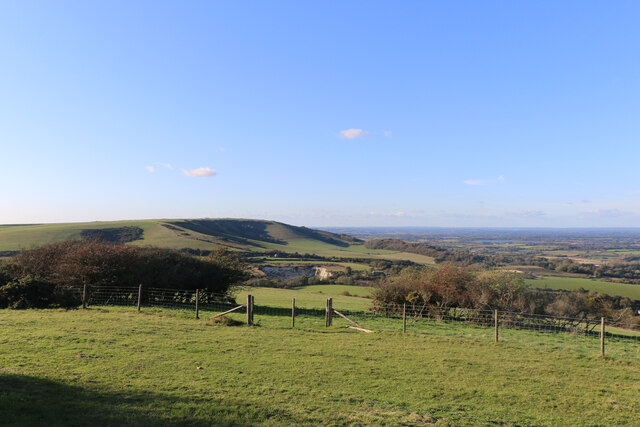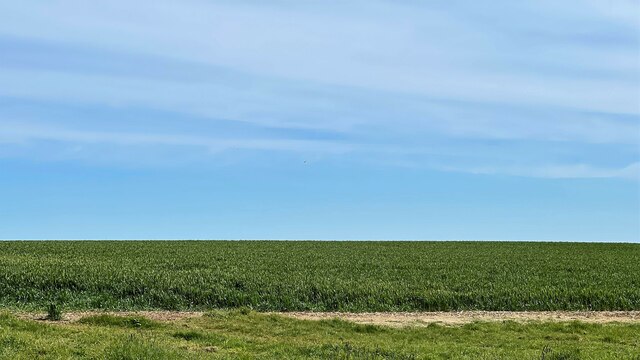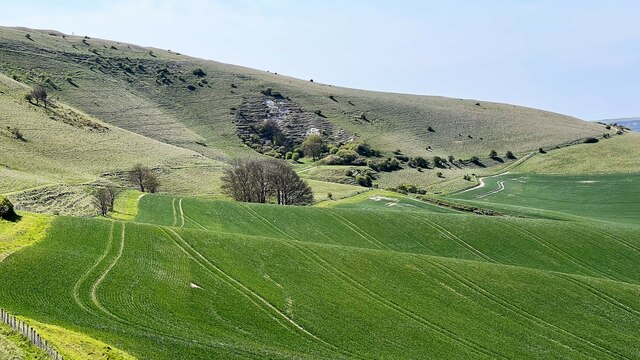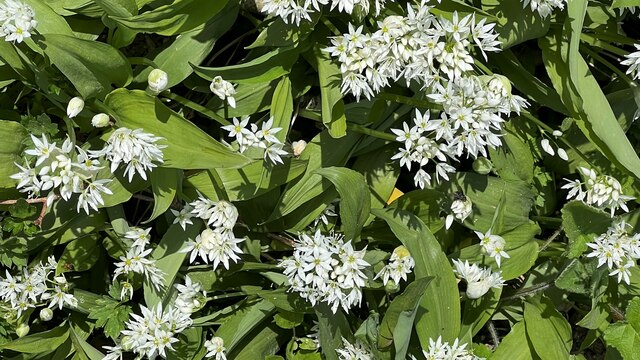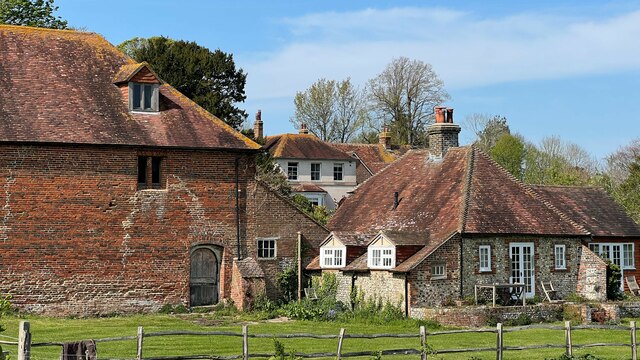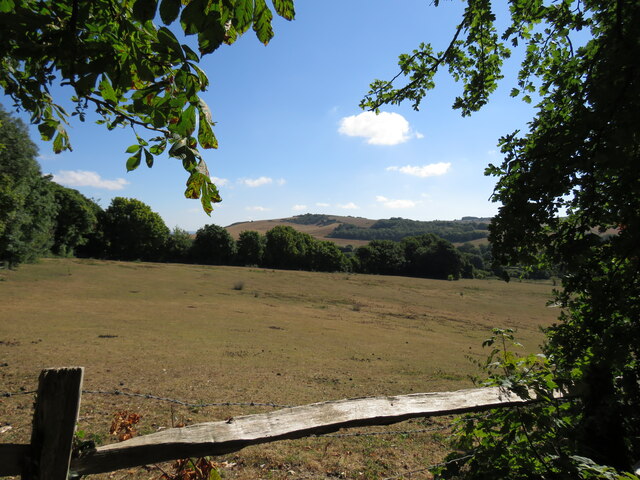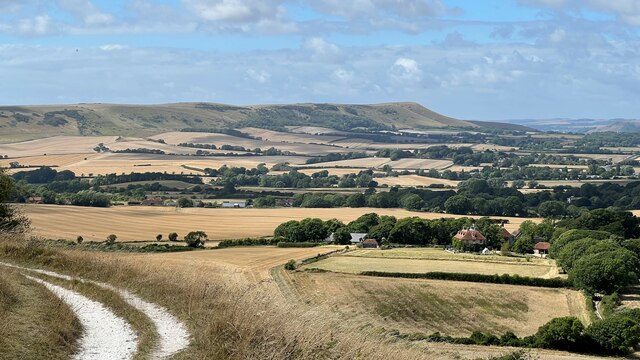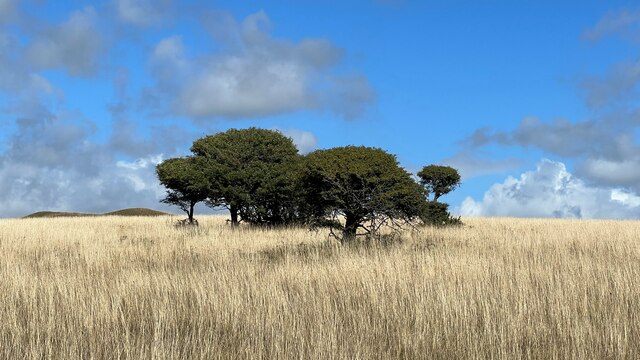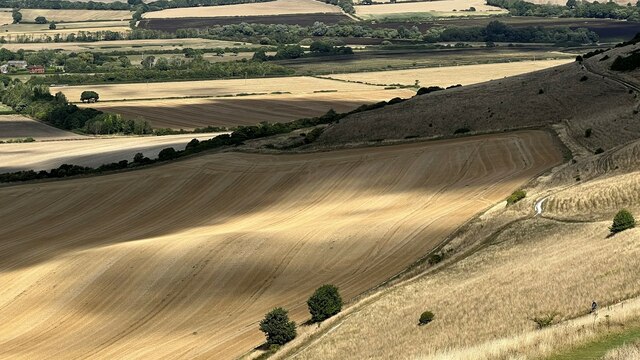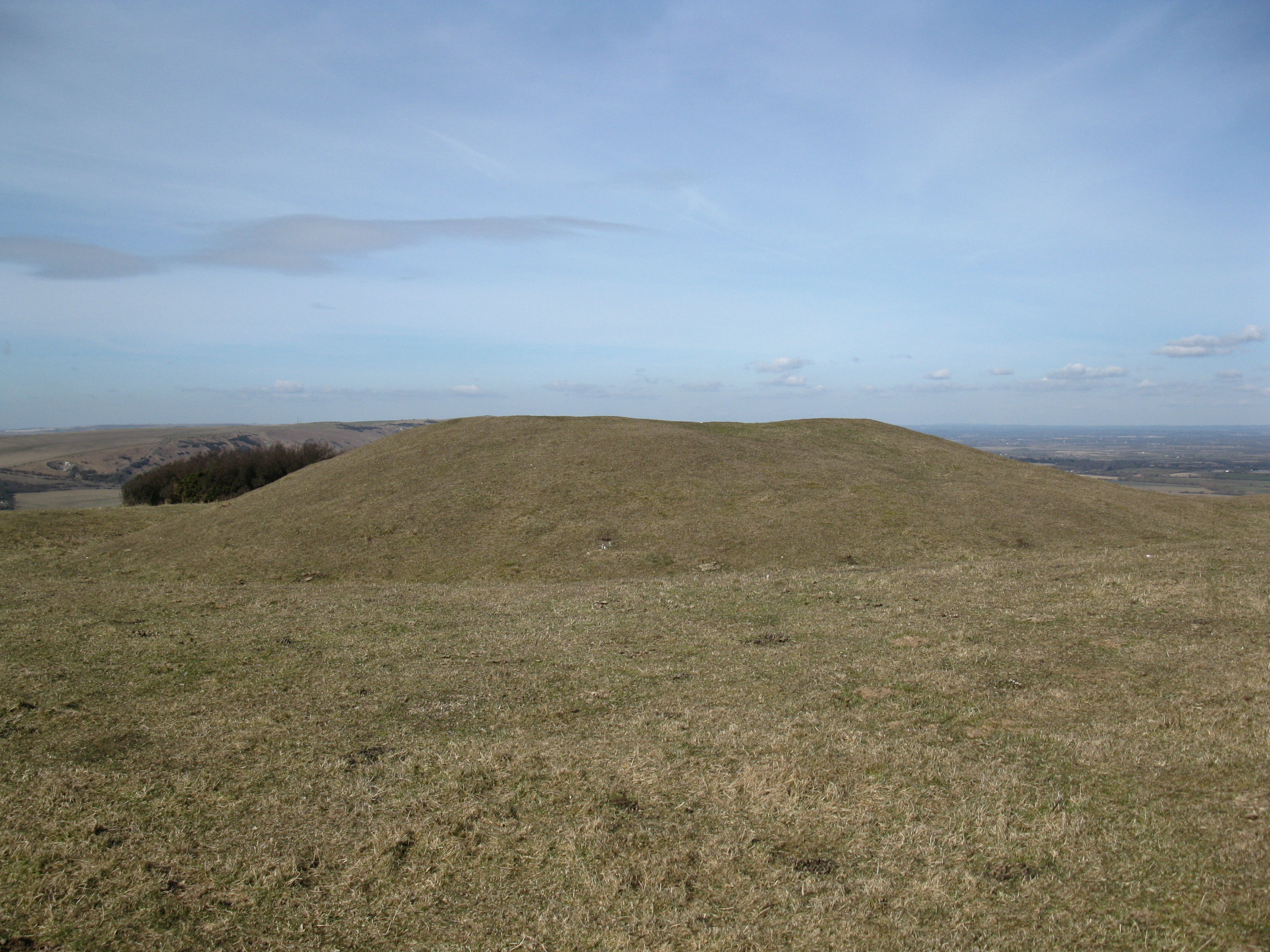Folkington Bottom
Valley in Sussex Wealden
England
Folkington Bottom
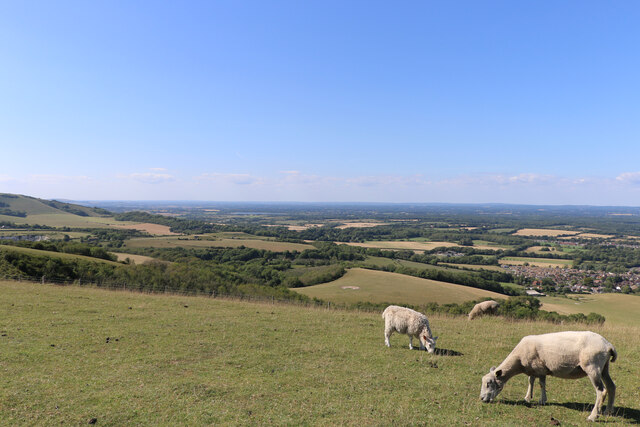
Folkington Bottom is a picturesque valley located in the South Downs National Park in East Sussex, England. The valley is known for its rolling hills, lush greenery, and tranquil atmosphere, making it a popular destination for nature lovers and hikers. The area is home to a diverse range of wildlife, including rare species of birds and insects.
Folkington Bottom is surrounded by quaint villages and historic landmarks, adding to its charm and appeal. The valley is also known for its rich history, with evidence of human settlement dating back to the Iron Age. Visitors can explore ancient burial mounds, Roman ruins, and medieval churches in the surrounding area.
The valley is a designated Area of Outstanding Natural Beauty, with strict conservation measures in place to protect its unique landscape and biodiversity. Access to Folkington Bottom is limited, helping to preserve its peaceful and unspoiled character. Whether taking a leisurely stroll through the valley or embarking on a challenging hike up the surrounding hills, visitors to Folkington Bottom are sure to be captivated by its natural beauty and rich history.
If you have any feedback on the listing, please let us know in the comments section below.
Folkington Bottom Images
Images are sourced within 2km of 50.810808/0.2099747 or Grid Reference TQ5503. Thanks to Geograph Open Source API. All images are credited.
![Wilmington village [1] The Long Man is cut on the slopes of Windover Hill, near Wilmington. The figure is 235 feet (72 metres) tall. The figure may have been cut in the 16th or 17th century. The figure is formed from white-painted breeze blocks and lime mortar.
The village of Wilmington, in East Sussex, is about 6 miles (10 kilometres) northwest of Eastbourne. The place-name 'Wilmington' is first attested in the Domesday Book of 1086. The name means 'the town or settlement of Wighelm's or Wilhelm's people'. Near the village is the hill figure, The Long Man.](https://s0.geograph.org.uk/geophotos/07/22/18/7221864_0b4bebd9.jpg)
![Wilmington village [2] An information board about The Long Man.
The Long Man is cut on the slopes of Windover Hill, near Wilmington. The figure is 235 feet (72 metres) tall. The figure may have been cut in the 16th or 17th century. The figure is formed from white-painted breeze blocks and lime mortar.
The village of Wilmington, in East Sussex, is about 6 miles (10 kilometres) northwest of Eastbourne. The place-name 'Wilmington' is first attested in the Domesday Book of 1086. The name means 'the town or settlement of Wighelm's or Wilhelm's people'. Near the village is the hill figure, The Long Man.](https://s3.geograph.org.uk/geophotos/07/22/18/7221867_6ece0960.jpg)
![Wilmington village [3] Two horses graze in a field of buttercups.
The village of Wilmington, in East Sussex, is about 6 miles (10 kilometres) northwest of Eastbourne. The place-name 'Wilmington' is first attested in the Domesday Book of 1086. The name means 'the town or settlement of Wighelm's or Wilhelm's people'. Near the village is the hill figure, The Long Man.](https://s2.geograph.org.uk/geophotos/07/22/18/7221870_8edd74de.jpg)
![Wilmington village [4] This recently created footpath runs alongside the minor road to meet the path across the fields to The Long Man. This avoids walkers having to use the narrow minor road.
The village of Wilmington, in East Sussex, is about 6 miles (10 kilometres) northwest of Eastbourne. The place-name 'Wilmington' is first attested in the Domesday Book of 1086. The name means 'the town or settlement of Wighelm's or Wilhelm's people'. Near the village is the hill figure, The Long Man.](https://s3.geograph.org.uk/geophotos/07/22/18/7221875_e5ed93c5.jpg)
![Wilmington village [5] Alongside the minor road is the former village pound, a rectangle of flint walls, probably 19th century, in the corner of the farmyard of Priory Farm. Listed, grade II, with details at: <span class="nowrap"><a title="https://historicengland.org.uk/listing/the-list/list-entry/1028510" rel="nofollow ugc noopener" href="https://historicengland.org.uk/listing/the-list/list-entry/1028510">Link</a><img style="margin-left:2px;" alt="External link" title="External link - shift click to open in new window" src="https://s1.geograph.org.uk/img/external.png" width="10" height="10"/></span>
The village of Wilmington, in East Sussex, is about 6 miles (10 kilometres) northwest of Eastbourne. The place-name &#039;Wilmington&#039; is first attested in the Domesday Book of 1086. The name means &#039;the town or settlement of Wighelm&#039;s or Wilhelm&#039;s people&#039;. Near the village is the hill figure, The Long Man.](https://s2.geograph.org.uk/geophotos/07/22/18/7221878_79102f72.jpg)
![Wilmington village [6] The remains of Wilmington Priory. The priory was part of the Benedictine Abbey of Grestain in Normandy and was founded circa 1200 as a grange for the supervision of the Abbey&#039;s English estates. It was suppressed in 1414. The present L-shaped house, seen at <a href="https://www.geograph.org.uk/photo/7221893">TQ5404 : Wilmington village [7]</a> is 14th century, altered and adapted in the 18th century. Seen here are the ruins of the 14th century Upper Hall of two octagonal turrets with a wall between them. To the north of the house are further ruins, beneath which is a 14th century vaulted undercroft. Listed, grade I, with details at: <span class="nowrap"><a title="https://historicengland.org.uk/listing/the-list/list-entry/1185052" rel="nofollow ugc noopener" href="https://historicengland.org.uk/listing/the-list/list-entry/1185052">Link</a><img style="margin-left:2px;" alt="External link" title="External link - shift click to open in new window" src="https://s1.geograph.org.uk/img/external.png" width="10" height="10"/></span> The site is a Scheduled Ancient Monument with history and detail at: <span class="nowrap"><a title="https://historicengland.org.uk/listing/the-list/list-entry/1002292" rel="nofollow ugc noopener" href="https://historicengland.org.uk/listing/the-list/list-entry/1002292">Link</a><img style="margin-left:2px;" alt="External link" title="External link - shift click to open in new window" src="https://s1.geograph.org.uk/img/external.png" width="10" height="10"/></span>
The village of Wilmington, in East Sussex, is about 6 miles (10 kilometres) northwest of Eastbourne. The place-name &#039;Wilmington&#039; is first attested in the Domesday Book of 1086. The name means &#039;the town or settlement of Wighelm&#039;s or Wilhelm&#039;s people&#039;. Near the village is the hill figure, The Long Man.](https://s2.geograph.org.uk/geophotos/07/22/18/7221886_71f9b40a.jpg)
![Wilmington village [7] The remains of Wilmington Priory. The priory was part of the Benedictine Abbey of Grestain in Normandy and was founded circa 1200 as a grange for the supervision of the Abbey&#039;s English estates. It was suppressed in 1414. The present L-shaped house, seen here is 14th century, altered and adapted in the 18th century. The ruins of the 14th century Upper Hall, seen at <a href="https://www.geograph.org.uk/photo/7221886">TQ5404 : Wilmington village [6]</a>, are two octagonal turrets with a wall between them. To the north of the house are further ruins, beneath which is a 14th century vaulted undercroft. Listed, grade I, with details at: <span class="nowrap"><a title="https://historicengland.org.uk/listing/the-list/list-entry/1185052" rel="nofollow ugc noopener" href="https://historicengland.org.uk/listing/the-list/list-entry/1185052">Link</a><img style="margin-left:2px;" alt="External link" title="External link - shift click to open in new window" src="https://s1.geograph.org.uk/img/external.png" width="10" height="10"/></span> The site is a Scheduled Ancient Monument with history and detail at: <span class="nowrap"><a title="https://historicengland.org.uk/listing/the-list/list-entry/1002292" rel="nofollow ugc noopener" href="https://historicengland.org.uk/listing/the-list/list-entry/1002292">Link</a><img style="margin-left:2px;" alt="External link" title="External link - shift click to open in new window" src="https://s1.geograph.org.uk/img/external.png" width="10" height="10"/></span>
The village of Wilmington, in East Sussex, is about 6 miles (10 kilometres) northwest of Eastbourne. The place-name &#039;Wilmington&#039; is first attested in the Domesday Book of 1086. The name means &#039;the town or settlement of Wighelm&#039;s or Wilhelm&#039;s people&#039;. Near the village is the hill figure, The Long Man.](https://s1.geograph.org.uk/geophotos/07/22/18/7221893_7a963394.jpg)
![Wilmington village [8] Glimpsed through the trees is Priory Barn, now converted into a dwelling. The barn was part of Wilmington Priory.
The village of Wilmington, in East Sussex, is about 6 miles (10 kilometres) northwest of Eastbourne. The place-name &#039;Wilmington&#039; is first attested in the Domesday Book of 1086. The name means &#039;the town or settlement of Wighelm&#039;s or Wilhelm&#039;s people&#039;. Near the village is the hill figure, The Long Man.](https://s3.geograph.org.uk/geophotos/07/22/18/7221895_6b719feb.jpg)
Folkington Bottom is located at Grid Ref: TQ5503 (Lat: 50.810808, Lng: 0.2099747)
Administrative County: East Sussex
District: Wealden
Police Authority: Sussex
What 3 Words
///tribal.cooks.cape. Near Friston, East Sussex
Nearby Locations
Related Wikis
Church of St Peter ad Vincula, Folkington
The Church of St Peter ad Vincula, Folkington, East Sussex is a parish church dating from the 13th century. Built of flint and rubble, it is a Grade I...
Folkington Manor
Folkington Manor (pronounced Fo'ington) is a grade II* listed country house situated in the village of Folkington two miles (3.2 km) west of Polegate,...
Folkington Reservoir
Folkington Reservoir is a 5.8-hectare (14-acre) biological Site of Special Scientific Interest south-west of Polegate in East Sussex.The banks of the reservoir...
Wilmington Downs
Wilmington Downs is a 209.8-hectare (518-acre) biological Site of Special Scientific Interest north-west of Eastbourne in East Sussex. The site includes...
Nearby Amenities
Located within 500m of 50.810808,0.2099747Have you been to Folkington Bottom?
Leave your review of Folkington Bottom below (or comments, questions and feedback).
